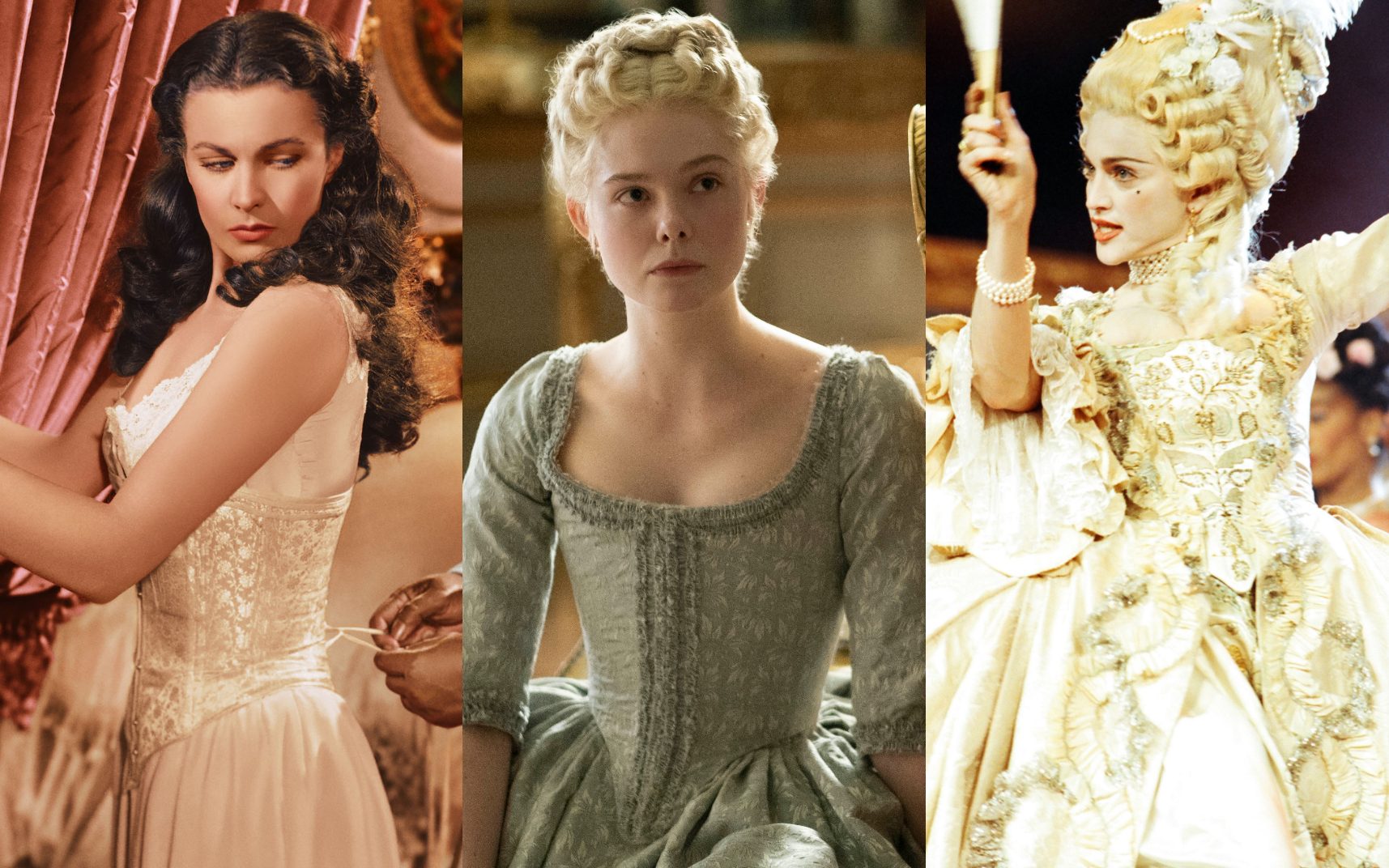The corset was originally a men's garment: but who fashioned it among women?
It is unlikely that a man will come to mind when you say “corset”. But it was different in history.

The corset was fashioned by Catherine de Medici in the 1500s. But men have worn it since the corset was invented. Thomas Paine, one of the founders of America, was a corset maker in a family business. Corsets were used in the army (especially among the cavalry), like today's weightlifting belts, for hunting and strenuous exercise. Purser Thomas Chew, a 30-year naval officer who fought in the War of 1812, wore a corset at sea. As history has shown many times, functionality sometimes gives way to fashion, and that's how the corset began its popularity.
In the 19th century, the French began to give importance to the thinness and narrowness of the waist as elegance. Men's clothing with broad shoulders, long skirts, and narrow waists began to be fashionable.
Dandy is an impressive period in men's fashion. It became a trend in Europe, especially in Great Britain, in the late 18th and early 19th centuries. The Dandies were ordinary people of slow behavior who tried to imitate the aristocratic lifestyle, paying special attention to physical appearance and exaggerating fashionable outerwear with refined tailoring.
A dandy had a variety of predispositions, including adopting fashions that emphasized femininity to strengthen her stance. If she wasn't thin enough, she would wear a corset and, moreover, use special pads to highlight her chest, shoulder, thighs, shins, and hips.
In the 18th century, trousers were short and just below the knee, so it was desirable to have a strong S-curve in the calves. Therefore, stockings with inner filling became popular in men. Around 1820, men began to wear corsets extensively for the first time in the history of clothing, because having a very tight and thin waist was the closest stance to wealth and nobility.
Macaroons existed in 18th-century England before people called them dandy. These were men who dressed and even spoke in an overly pretentious and sexless manner. XIV. They were ordinary people who adored the flamboyant men at the French court of Louis and Marie Antoinette. XIV, nicknamed the Sun King. Louis combined his love of dance and the dramatic arts with tights and skirts.
The name “macaroni” came from the popularity of the new Italian pasta brought to England by wealthy aristocrats returning from Europe. Known to converse by mixing different languages and playing bilingual word games, the macarons were beyond dandy. They were men who traveled a lot, with tighter vests, heels, cheeks, cheeks, dots on the face, powdered wigs, jeweled fingers, and manicured nails. Because of them, everything trendy and contemporary was called "much pasta" or macaroni. He also gambled a lot, ate too little, and was ridiculed for crossing the lines of fashion in general.
With the social turmoil of the French Revolution, dandies emerged as simpler men's clothing. However, most of the British aristocracy still used corsets to achieve that sculptural Greco-Roman male silhouette because their body measurements were far from the desired point.
"Redingot," a French mispronunciation of riding coat, became a more discreet and alternative form of corset for men in the 1820s. It remained popular for at least a decade, but, like macaroni, the dandy was ridiculed and eventually faded away. As part of the long-running rivalry between the British and the French, 19th-century British cartoonists portrayed French dandies as undernourished scrawny individuals, comparing them to well-fed British masculinities.
In the following years, men finally gave up their desire for beauty and uniqueness in clothing and chose to be more practical, simple, and functional. After the Industrial Revolution, dancing completely declined and fashion became a women's business. At the same time, as women demanded more rights and gender equality, they gradually began to dress masculinely to express their desires.
